Around since 2012, Cultured magazine is very much a must-read these days for its irreverent, surprising covers and eclectic editorial mix. For founder and editor-in-chief Sarah Harrelson, it’s about slow and steady growth, being unafraid to fail, and staying perpetually curious.
What were you working on before Cultured?
Through my mid-thirties, I worked at various magazines in New York, Los Angeles, and Miami, covering fashion, design, home, and architecture. A few years before I started Cultured in 2012, I began covering the art world for the first time, and that was a significant spark, being exposed to this fascinating world. I certainly didn’t dream of starting my own magazine as an editor. It’s a hard business! But learning about the art world and spending time with artists gave me so much creative energy and enthusiasm; that made me start the magazine, a deep passion and editorial desire, versus a business decision.
Sarah Harrelson (Jeremy Liebman)
How did you go about creating the mag?
I’d been an editor in chief in several scenarios, but it’s different to launch a magazine. I hadn’t had true creative and editorial freedom. A lot of people I was deeply intrigued by weren’t being covered in traditional media at the time; it felt formulaic and flat. We were just coming out of the [2008] recession, and in those times, I think people feel slightly more creative freedom. I started Cultured with the mindset of, “Okay, I might not make money anyway in magazines, so might as well just do what I want.” I don’t think I told anyone except my husband that I was starting a magazine. I’m sure people would’ve told me, “Whatever you do, don’t do it!” But I just did it quietly; I just wanted to make the best next issue I could, filled with the people inspiring me, simple as that was.
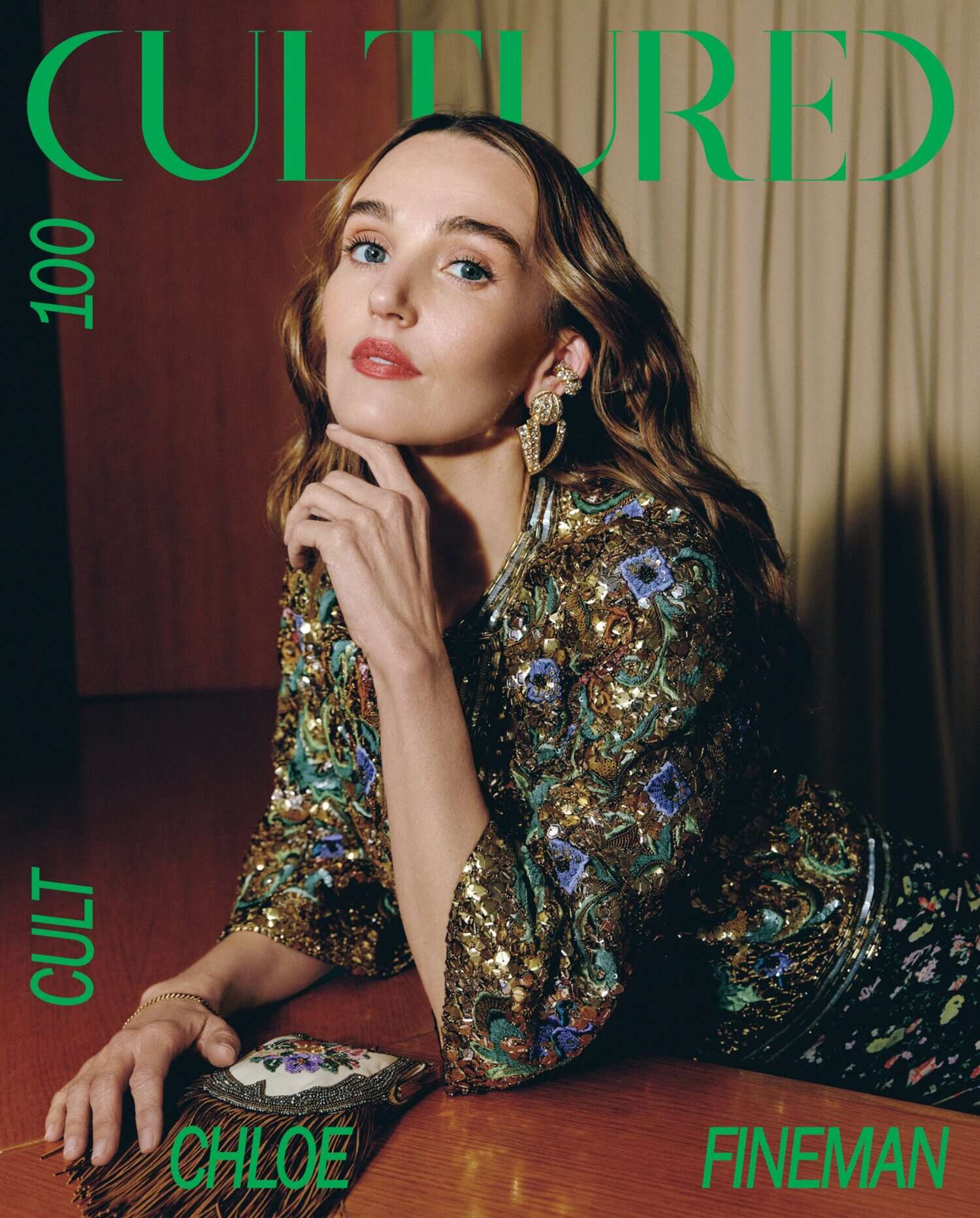
Chloe Fineman (Courtesy of CULTURED)
How has Cultured evolved since then?
We grew slowly, but we were always growing. We probably made the magazine with three people for the first five years, plus freelancers, obviously. But I grew cautiously. I didn’t have outside investment; I was taking it slow. The biggest surprise and delight of the journey is how much I love running and growing Cultured as a business. It’s a lot of intuition, ability, and willingness to fail, to fall off a cliff, to get it wrong. I think the secret sauce is trusting your gut—and having a small, close-knit team of highly creative, inspiring, brilliant minds.
Culture can mean a lot of things. How do you decide who and what to cover?
When Cultured started, it felt like magazines were just covering famous people all the time, but I had the guts to cover people who weren’t being covered elsewhere. I find whoever’s doing something fascinating—artist, fashion designer, architect are all equally interesting to me, and they coexist in this landscape in my head. It’s about not being afraid to say, “I like this person. I believe in this movie or actor. Maybe they’re not the most famous, but there’s something to them.”
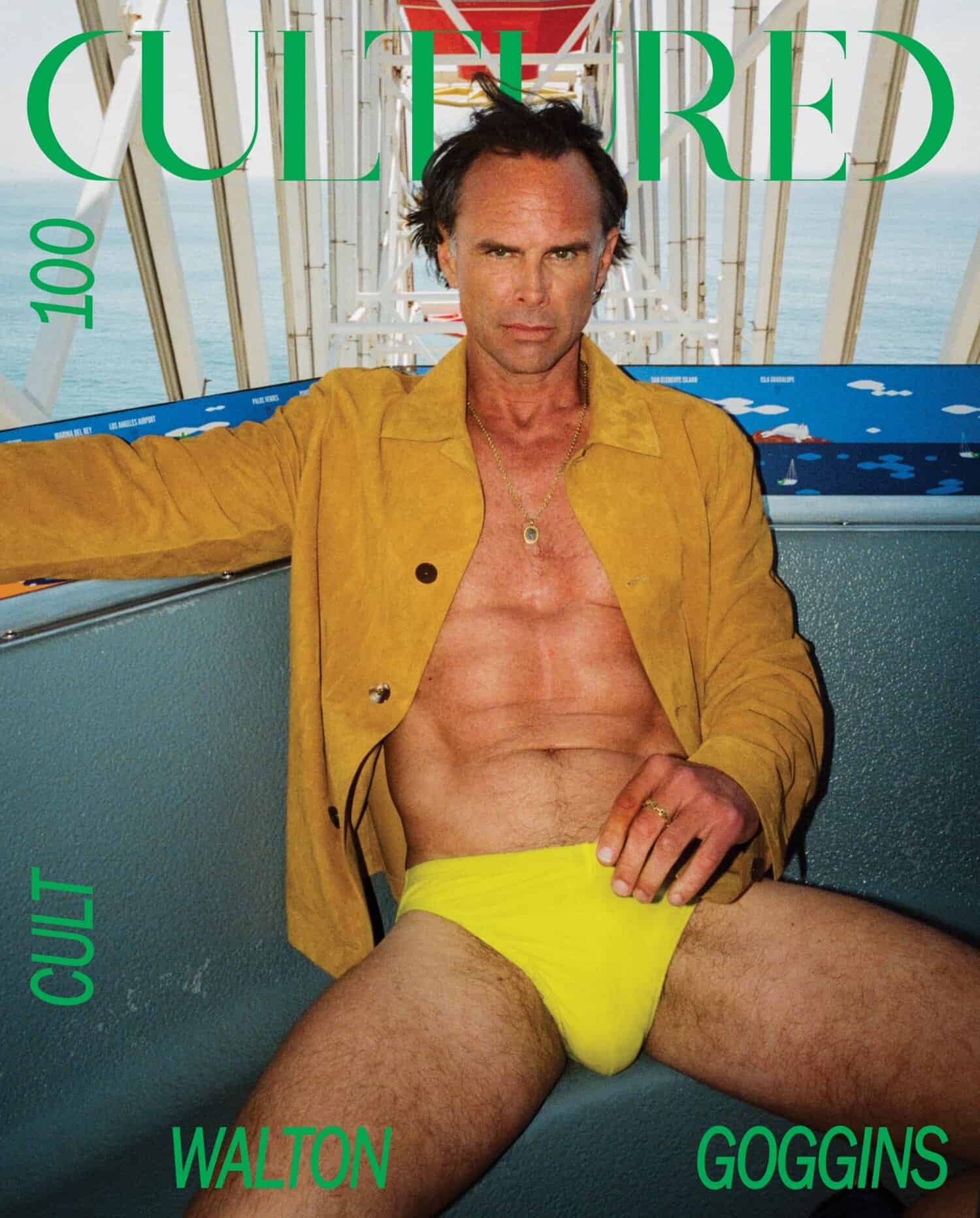
Walton Goggins (Courtesy of CULTURED)
Any examples?
Mia Goth is an example of that, and it’s a cover that did well for us. An underdog story is so fascinating to me, and I love playing a small role and supporting that journey. Our Walton Goggins cover was a highlight, because it went viral and broke the Internet, but also because he was so game, nice, and fun to work with.
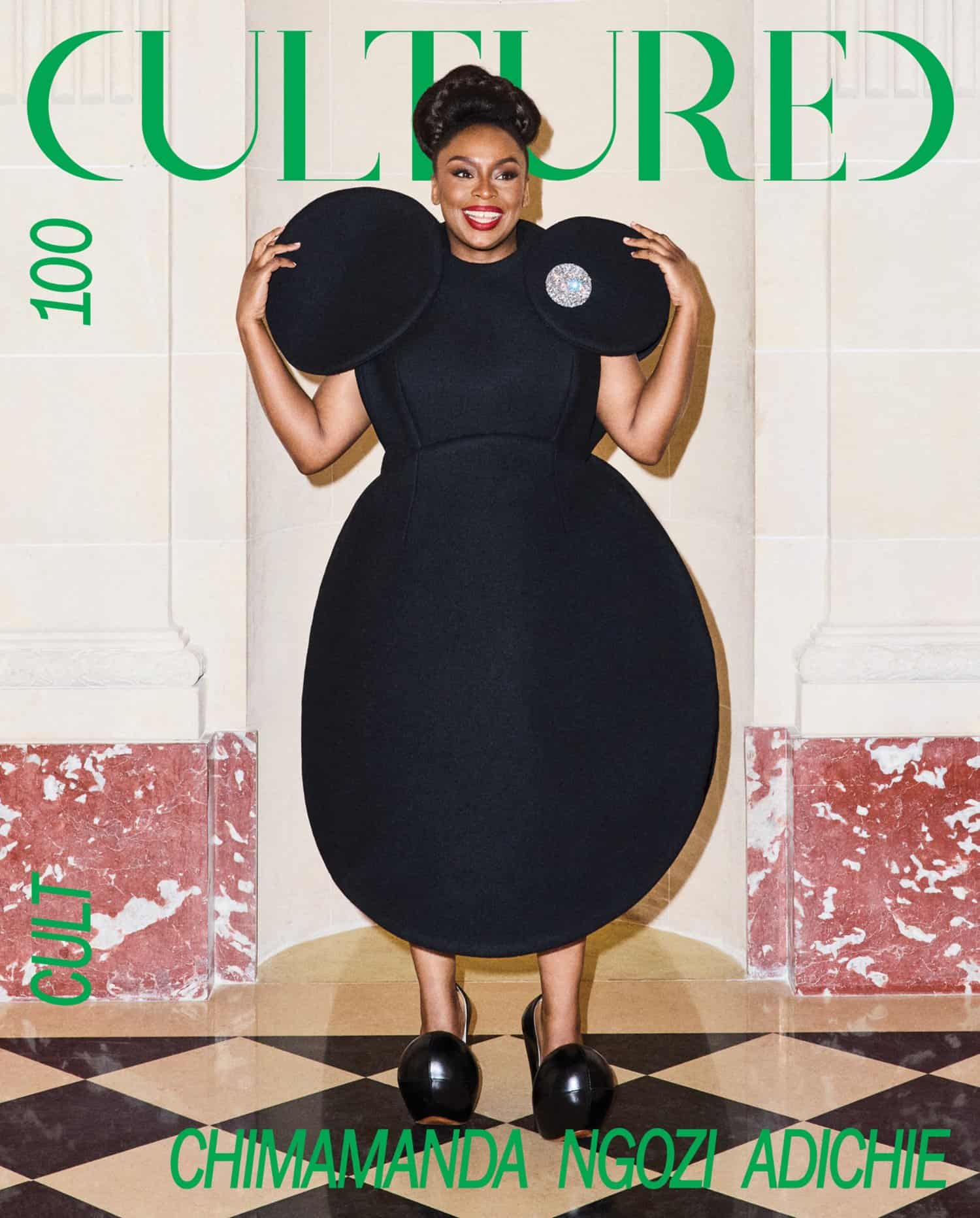
Chimamanda Ncozi Adichie (Courtesy of CULTURED)
How often do you publish nowadays?
We do six big print issues a year and four supplements. It feels like we’re on deadline every minute! But we’re just so lucky we get to do print; it’s a privilege.
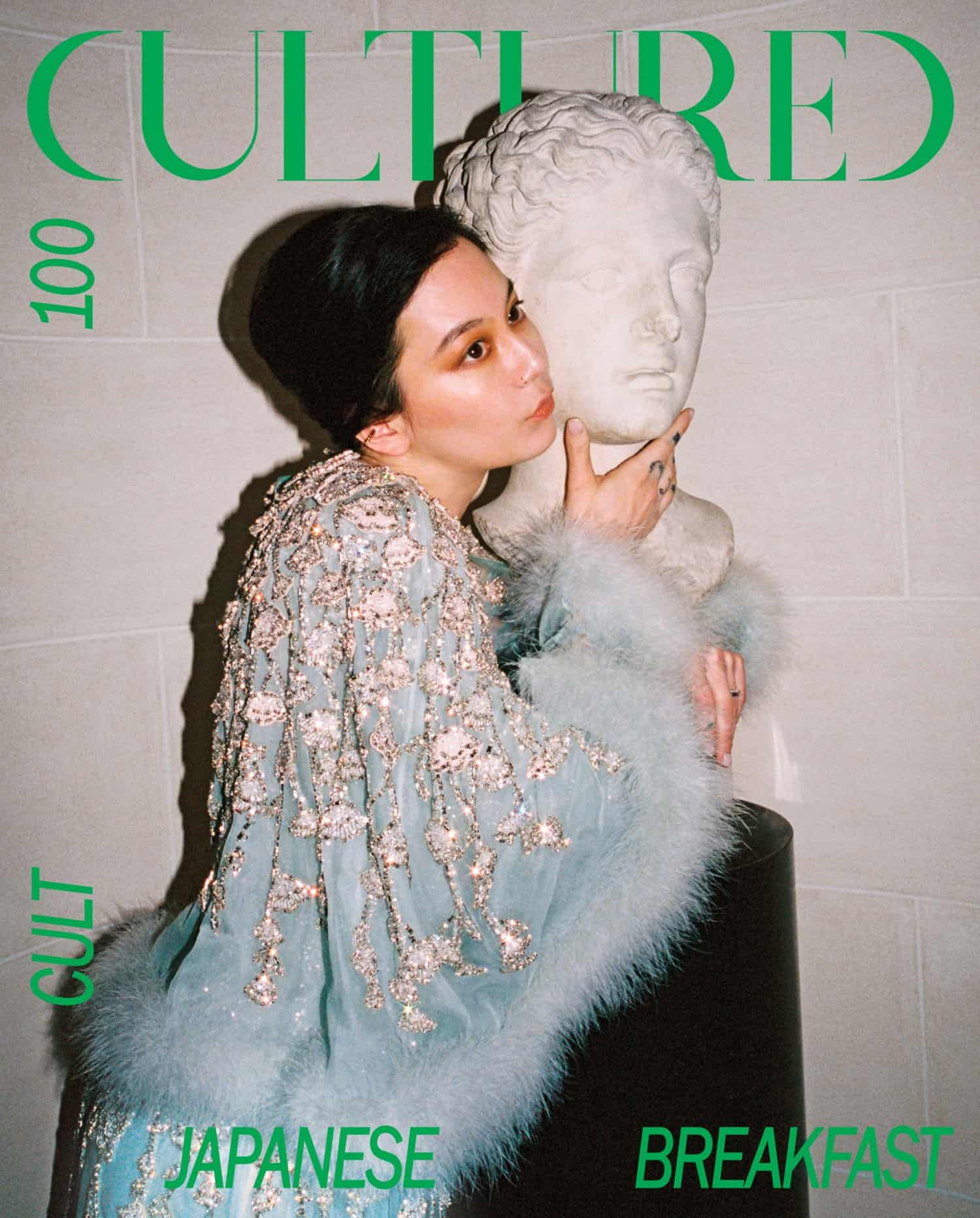
Japanese Breakfast (Courtesy of CULTURED)
How do events factor into the Cultured brand?
I strongly believe that print alone isn’t enough to create an emotional relationship with your readers, so I’ve been doing lots of events at Cultured since the beginning. The scale of the events has changed, but not the frequency. Our Cult 100 event at the Guggenheim was definitely a big moment for me; to have 1,000 people in the room celebrating the issue felt like a real milestone.
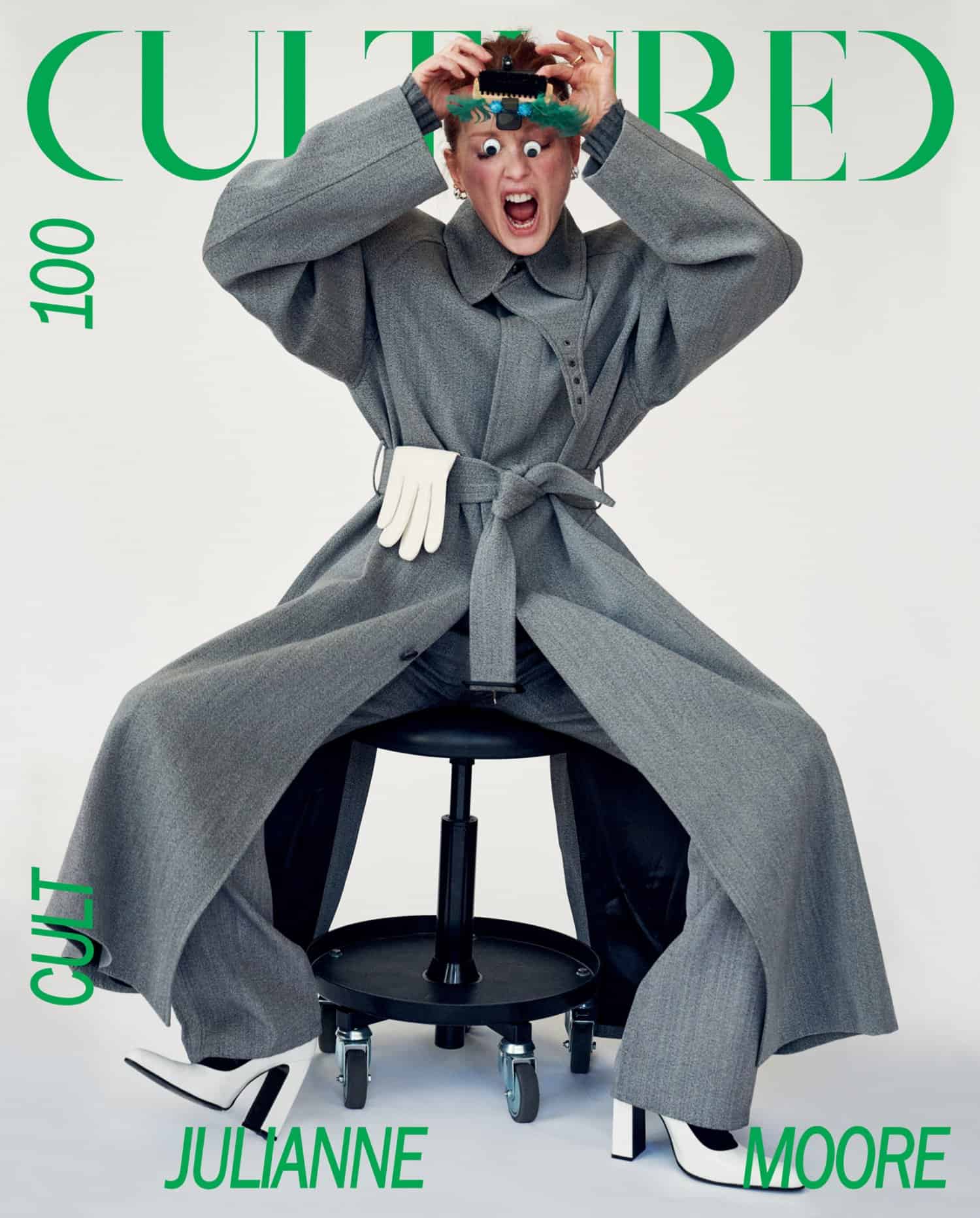
Julianne Moore (Courtesy of CULTURED)
How do you strategize for print versus digital?
I’ve gone through phases of looking at the resourcing for print and digital separately, but I don’t anymore. It’s an age of digital dominance, so it’s a huge priority. Digital is certainly the thing I think about most. You put a lot into a story, then wait and see how it does; there’s a lot of emotional energy in that. We’re all navigating huge shifts of how people consume media, and it takes guts, emotional resonance, and endurance.
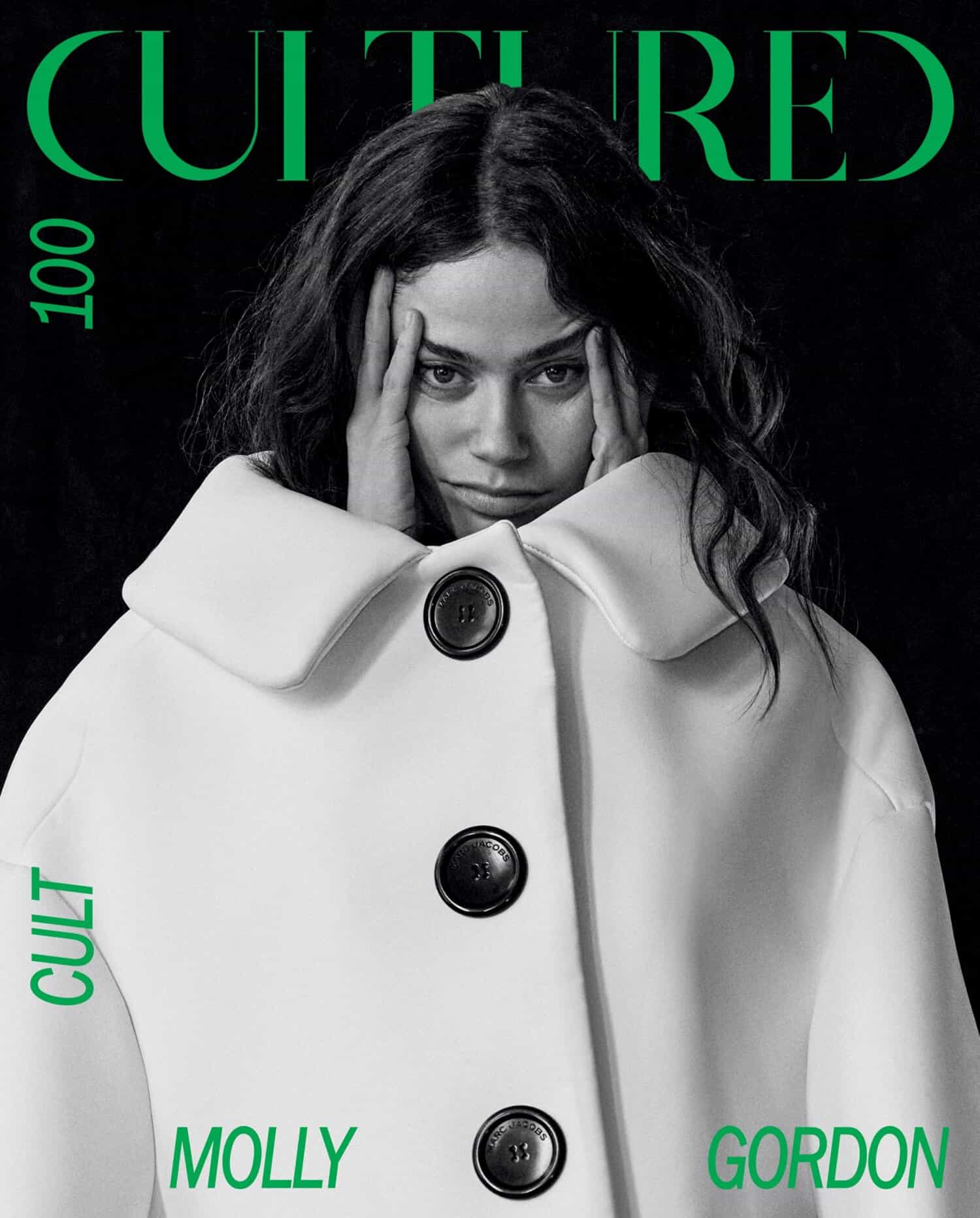
Molly Gordon (Courtesy of CULTURED)
All images: Courtesy of CULTURED
Subscribe to our newsletter and follow us on Facebook and Instagram to stay up to date on all the latest fashion news and juicy industry gossip.
→ Continue reading at The Daily Front Row
